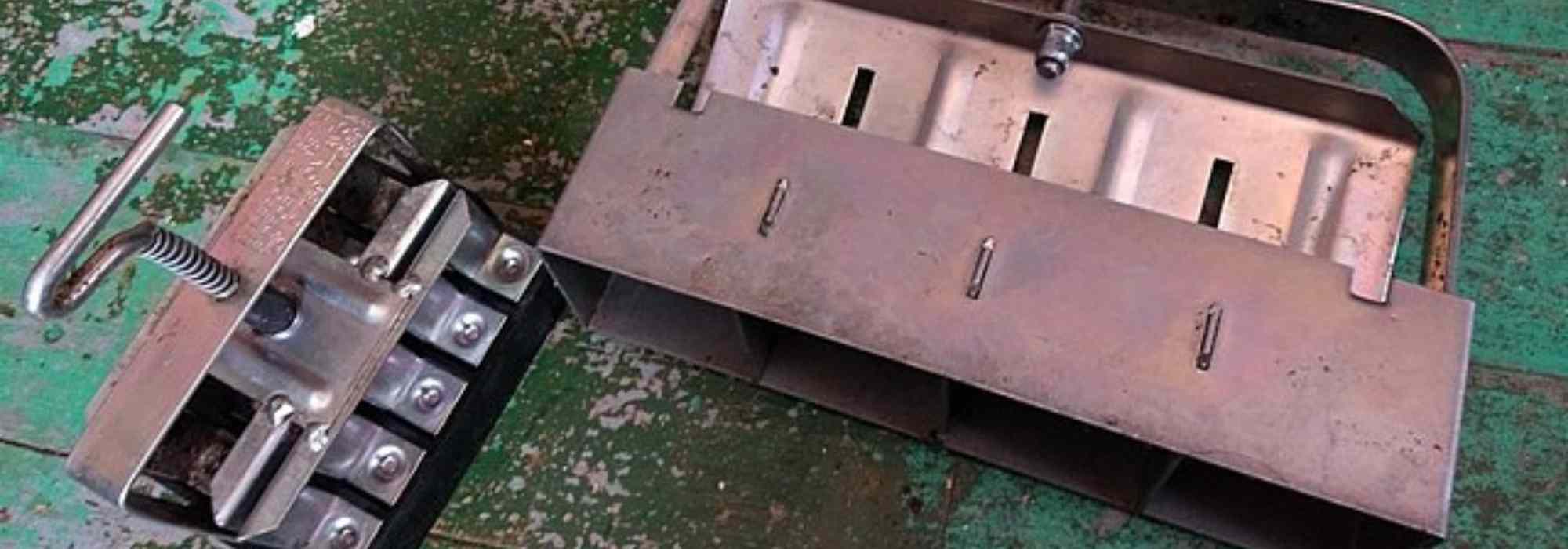
How to sow using a seed press
Plug plants offer numerous advantages.
Contents
A block press is a gardening tool used to create mini plugs or micro plugs. The small plugs are made of compressed potting soil or compost and allow for a seed to be accommodated. These vegetable or flower seeds will thus grow in their naked plug of potting soil, without a pot or plug plant. Using a block press is quick, economical, and eco-friendly. It is an ideal solution for organic vegetable gardens and permaculture enthusiasts. This technique also allows the plant to develop a healthy root system and avoids stress during transplanting.
What is a seedling press?
The plug plant press is a tool that allows you to create mini-plugs or micro-plugs of compressed potting soil in a square shape. This gardening “tool,” now sold in garden centres, is a type of spring-loaded piston that enables you to produce one or several compressed mini-plugs with a hole in the centre for placing the seed. Simply fill the tool with potting soil, activate the spring, and you’re good to go. All that’s left for the gardener is to sow.
There are plug plant presses made of plastic or galvanised steel (more durable and much sturdier). You can find individual plug plant presses that produce one mini-plug at a time, or others that can create 4, 5, 6, 12, or more mini-plugs at once. The ideal for small vegetable gardens is the 6-plug press: quick and efficient, without being complicated to use. The others are more suited for professionals.
Finally, the size of the squares of the plug plant press should be considered: square of 38 mm or square of 50 mm on each side. The small squares (38 mm) are perfect for the majority of vegetables (lettuces, carrots, chervil, parsley, basil…) and annual flower seeds. The larger squares (50 mm) are suitable for squashes, courgettes, melons, watermelons, beans, and for tomatoes, aubergines, peppers, and chillies. Buying two plug plant presses of different sizes is a good solution. For example: one 6 X 38 mm and one 3 X 50 mm.
Some rare plug plant presses even come with a handle to allow for standing work.
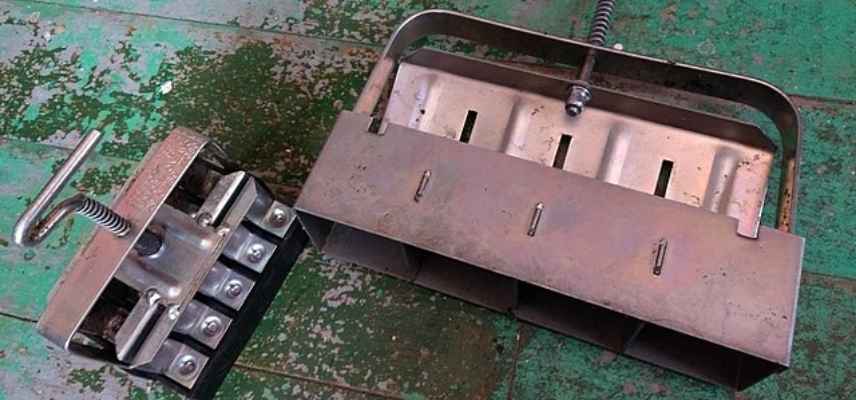
Plug plant presses in steel (© Wikimedia Commons)
Why use a potting press instead of pots?
Plug plants that stand on their own
Firstly, using a plug press eliminates the need for pots or plugs (made of plastic or other materials) for your vegetable or annual flower young plants. Not using pots brings several advantages:
- More eco-friendly;
- More cost-effective;
- Space-saving;
- Faster sowing: you press the compost, insert the seed into the notch, and it’s done! A time-saving benefit not to be overlooked if you’re doing dozens, or even hundreds, of sowings.
An advantage for young plants
- The roots of young plants develop better and are visible;
- The plant stress and the risk of root damage during potting and then transplanting seedlings no longer exist, as we plant our plug plants directly into another substrate or into the soil.
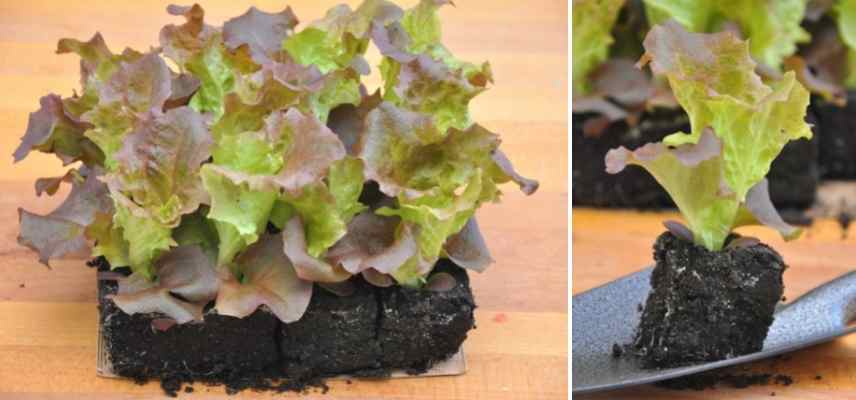 Young plants are not stressed during transplantation
Young plants are not stressed during transplantation
Discover other Vegetable seeds
View all →Available in 1 sizes
Available in 1 sizes
Available in 1 sizes
Available in 1 sizes
Available in 1 sizes
Available in 1 sizes
Available in 1 sizes
Available in 1 sizes
Available in 1 sizes
Available in 1 sizes
How to make your plug plants?
Some specialists recommend “plug plant special compost”, but special sowing compost or moistened compost will work perfectly well. The substrate must be light and fine to facilitate germination, free from pathogenous agents, and have good water retention capacity while being well-draining.
- Pour the sowing compost alone or a mixture of compost and compost into a large container;
- Sieve the compost to obtain a very fine substrate;
- If possible, add a small amount (less than 10%) of well-humus-bearing soil (very dark soil). This will provide some binding to the substrate;
- Thoroughly moisten the substrate;
- Mix it by hand until you achieve a sort of soft, but not sticky, paste;
- Dip the plug plant press into the substrate and press down firmly so that it fills the squares well;
- Position yourself above your container or seed tray and activate the spring to extract the plug plants.
- Tip: place your plug plants on a bed of slightly moist fine sand. The sand provides a draining layer, but most importantly, it prevents the plug plants from sticking to the container;
- Place a seed in the notch and cover with a bit of compost;
- Remember to label your sowings well 😉
- Subscribe!
- Contents

































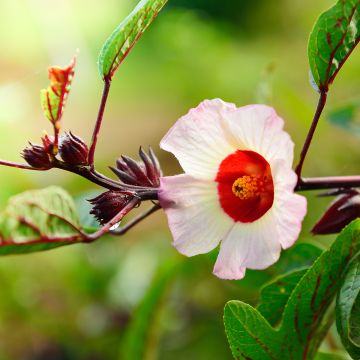
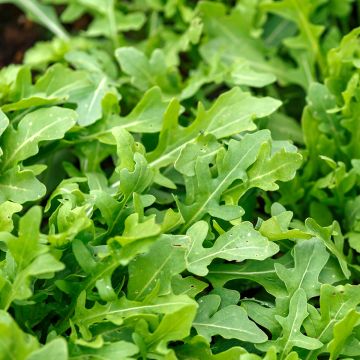
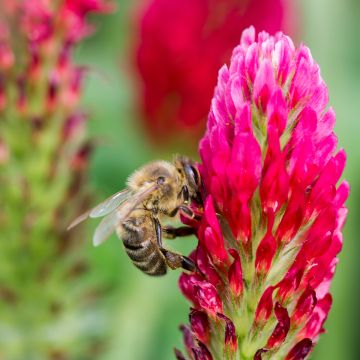

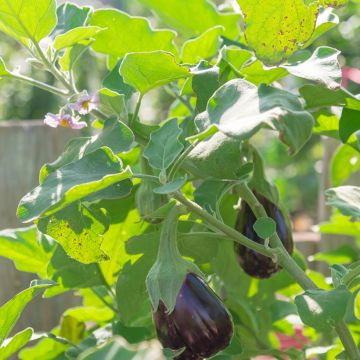
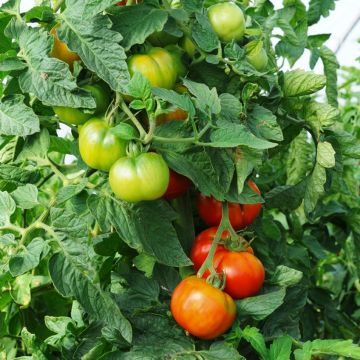
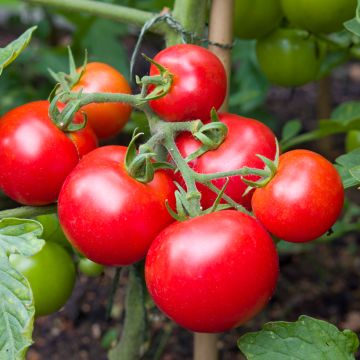
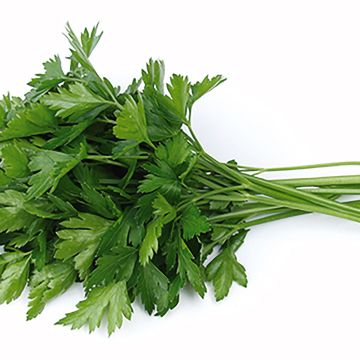
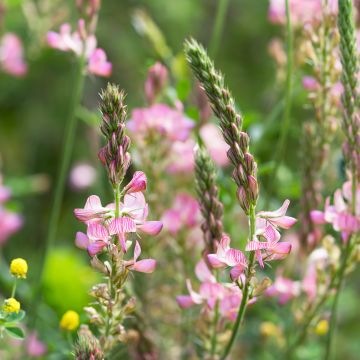
Comments